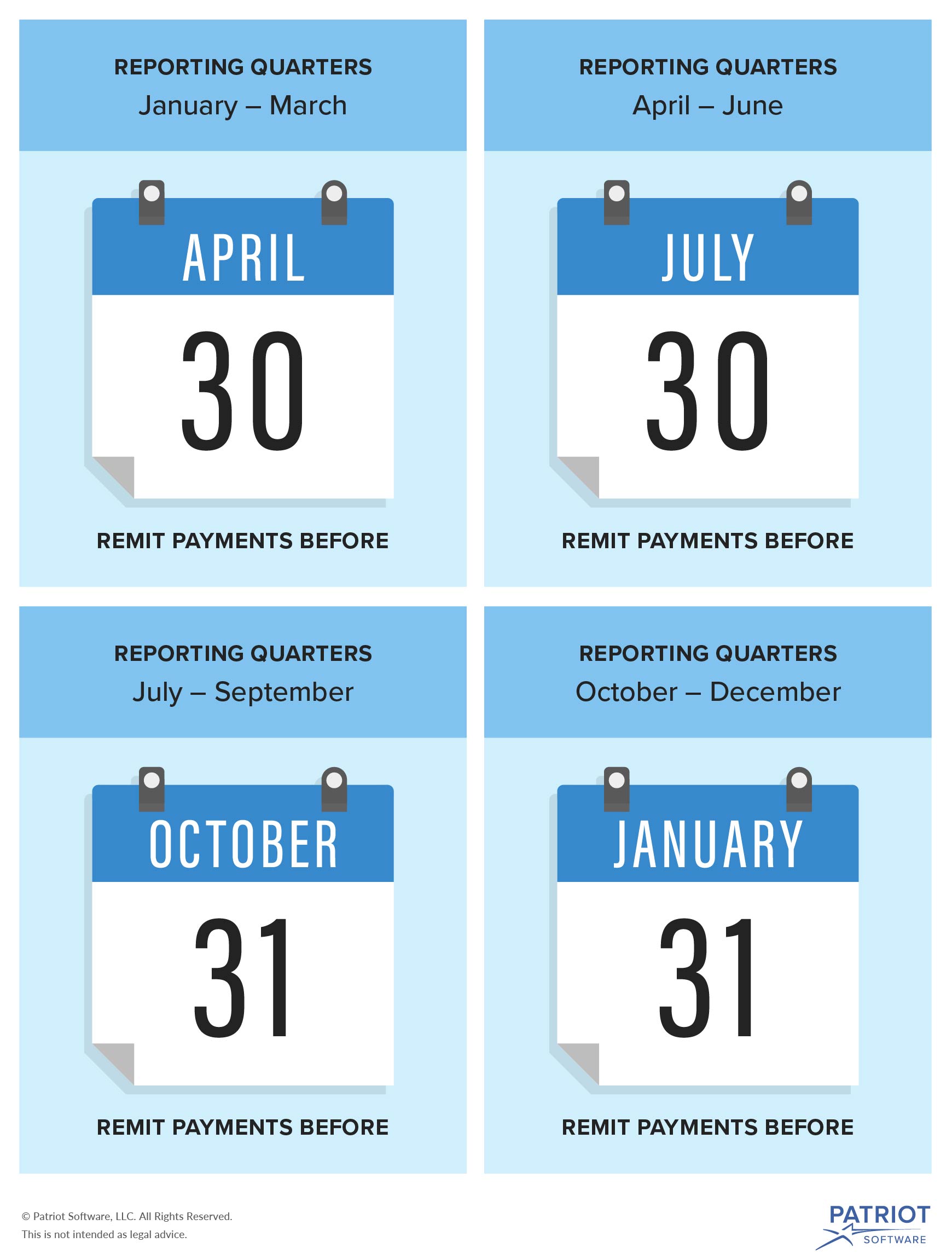


Moreover, benefit levels also exceeded the baseline projections for the program when it was adopted. For 2022, the usage split is now 51% family leave and 49% medical leave.īased on the actual usage data, employees will bear most of the projected increase in premium rates.ĮSD reports that benefit payments have exceeded premium collections in nearly every quarter. Beginning in 2022, the statute requires the premium to be divided based on actual usage data. When the PFML program was initiated in 2019, the initial split was one-third of the total premium for family leave and two-thirds for medical leave. Employees pay 100% of family leave premiums and 45% of medical leave premiums. Employers pay 55% of medical leave premiums. PFML premiums are shared between employers and employees. Accordingly, if ESD’s projected premiums are implemented, the premium rates will increase by about 150% between 20.

Premiums had already increased from 0.4% to 0.6% at the beginning of 2022. Recent ESD data shows that the PFML program was, indeed, in a deficit for half of July, and projections now indicate the program will again be in a deficit in September and October.ĮSD is also forecasting that premium rates, which were 0.4% of taxable wages in 2021, will need to increase to 0.9%-1.0% to maintain PFML solvency into the near future. Additionally, the Legislature authorized several actuarial and task force reviews of the program intended to inform the Legislature on reforms necessary to maintain PFML solvency. In response, the Legislature appropriated $350 million to prevent program insolvency, with a caveat that the funds could only be used to pay benefits in the event of a deficit. In Washington, the program’s expanded definition of family enables fathers, grandparents, and others who regularly reside in the home to participate in paid bonding and caregiving.Įxperience from the states that went before Washington portend that, without concerted efforts, families furthest from equity (e.g., immigrants, people with limited English proficiency, those in lower wage jobs) will face real and perceived barriers to understanding and using the program that they pay into.During the 2022 legislative session, the Employment Security Department (ESD) alerted the Legislature that Washington’s PFML program was projected to go insolvent before the end of the biennium. Studies have found that PFML is associated with decreased risk for postpartum depression and better child health and development outcomes. It enables birthing people to heal from delivery, receive postpartum medical and mental health care, and supports early bonding - all with the economic security of a paycheck. PFML is aligned with Perigee Fund’s interest in policies and programs that support pregnant and parenting families with more time, money, and care. PFML represents a major extension of the social safety net. In 2020, Washington was the fifth state in the nation to implement a Paid Family and Medical Leave Program (PFML). One quarter of American mothers return to work a mere two weeks after delivering a baby. Promoting uptake of paid family leave for time to bond with baby.


 0 kommentar(er)
0 kommentar(er)
